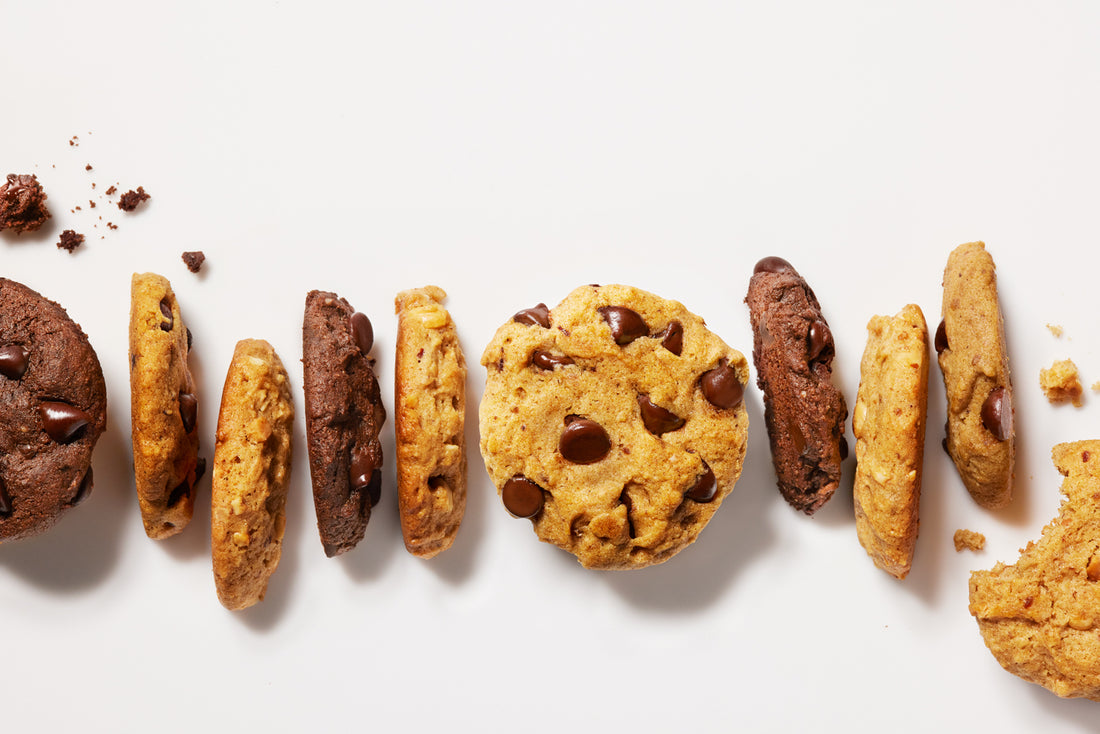Post Contributor: Corrie Pikul
When people talk about “blood sugar balance,” they’re often trying to avoid the spikes and crashes of hunger, energy, and mood. Instead, they’re aiming for the Goldilocks energy zone where they feel focused and satisfied. For people with pre-diabetes and diabetes, blood sugar balance means trying to keep their blood glucose levels in their target range to prevent or delay serious health problems (and of course to improve energy and mood) [Source: CDC].
Here are seven things to know about this often-heard, sometimes-misunderstood phrase:
The folks tracking blood sugar levels:
Continuous glucose monitors are exploding in popularity among people with diabetes – and biohackers, too. The market for continuous glucose monitors, which check blood sugar using a sensor inserted under the skin, is currently valued at $8.9 billion, and is expected to reach $15.4 billion in 2030. People with diabetes, especially type 1, rely on CGMs to let them know when their levels are getting dangerously low. CGMs can also help people with type 2 diabetes masterfully control their blood sugar, especially when used under the supervision of an RDN [Source: Medical Device Network, CDC].
The tools have also caught on with some dedicated biohackers who don’t necessarily have diabetes but who believe they can use CGMs to optimize athletic performance and general wellness.
The mistake when boosting low blood sugar:
Sometimes people whose blood sugar levels have dipped too low try to compensate by scarfing down carbs. “I see this all the time – it’s a universal mistake,” says Meg Moreta, an R.D.N. and Certified Diabetes Care and Education Specialist in L.A. with over two decades of experience counseling patients with pre-diabetes and type 1 and 2 diabetes. “Someone could be at a blood glucose level of 60, react by eating a lot of carbs, and then an hour later their levels top 300.” Moreta says that low blood sugar can be remedied by taking in around just 15 grams of carbs – the amount in a small apple or half of a banana, or two Joydays cookies [Source: UCSF Health].
The overlooked power of snacks:
We all need to refuel every 4 or 5 hours – but busy schedules often prevent us from eating on time. The stretch between lunch and dinner, for example, is often 6 or 7 hours long, ending with an “appetizer” that consists of everything in the fridge. Then there are the days of the 3 p.m. lunch, when you’re so hangry by the time you can take a break that you’ll eat the first thing in sight or in the vending machine. Many of us have internalized the idea that snacks are a sign of weakness, or that you’re not eating well. However, if you embrace snacking—and plan for it— you can choose something healthy and balanced (like fruit and nuts, or cheese sticks and crackers, a hard-boiled egg, or a Joydays snack) that will keep you going until your next meal.
The unexpected challenge of glucose sensitivity:
When managing blood sugar, it’s important to know glucose sensitivity varies not just by each individual, but also by time and day. Studies show that even twins vary in how their bodies process food during and after meals, and one factor could be the difference in their gut biome (or the composition of harmless bacteria that lives there and aids in digestion).
There’s a massive amount of differences between individuals involved in “eating well.” Talk to your doctor (or a dietician, if that’s accessible to you) about how to find the best nutrition plan for you.
The no-brainer “plate method” for eating healthier meals:
Start with a plate that’s about 9 inches across. Fill half with non-starchy vegetables, a quarter with protein foods, and a quarter with carbs (grains, starchy veggies, beans and legumes, fruit, yogurt and milk) – these last foods have the greatest effect on blood sugar. Drink water or something unsweetened. This diabetes plate method, recommended by the American Diabetes Association, works for people with diabetes as well as anyone trying to eat a balanced meal [Source: Diabetes Food Hub].
A dietician’s tip for having your cake and eating it, too:
For her clients with pre-diabetes or type 2 diabetes—and a love of dessert—one dietician advises a strategy to enjoy dessert without a big spike. Order a healthy entree with plenty of vegetables and protein, but no carbs. The post-meal cake will be your carb – enjoy it! (Source: Meg Moreta, RDN, CDCES)
